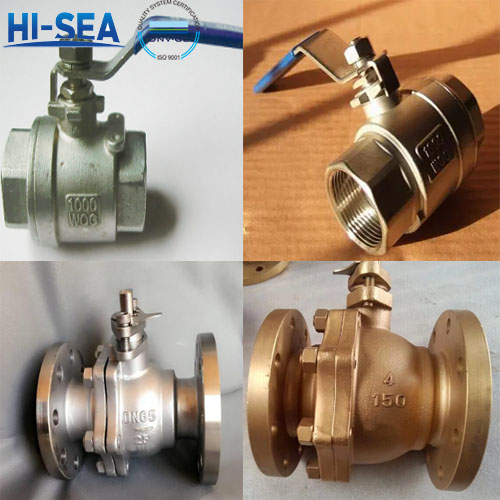
What is the difference between flange type ball valves and screw type butterfly valves?
Overview
Differences in material:
Screwed ball valves are usually made of copper, cast iron, chrome molybdenum steel, stainless steel and other materials.
The manufacturing materials of flanged ball valves include high-strength corrosion-resistant cast iron, carbon steel, alloy steel, stainless steel, ceramics and many other materials.
Differences in connection:
Screwed ball valves have a threaded connection and are usually suitable for small pipelines and high pressure coefficients. They are widely used in domestic, commercial and light industrial applications because they are easy to install, easy to dismantle and do not require complex piping installations.
The connection of flange ball valve is flange connection. Flanged ball valves are suitable for applications with large pipelines and high flow conditions. It requires the valve to be connected to the support, using a flange-tight assembly, and then the gasket and nut are tightened. The flanged ball valve connection is stronger than a threaded connection and is able to withstand greater pressure.
Differences in pressure:
Screwed ball valves are usually suitable for medium pressures, usually not exceeding 1500 psi. if used in applications with high pressure and high flow conditions, accidents may occur due to valve leakage.
In contrast, flanged ball valves have higher working pressures and can usually withstand higher pressures and flow rates. This type of ball valve can be used in applications with high temperatures, high pressures and hazardous, corrosive fluids. As a result, flanged ball valves are more widely used in industrial pipelines than threaded ball valves.
Picture:







